August is one of the hottest months of the northern year, so hold your breath and see that the fan is in order. It is also one of the longest months, and sometimes it seems even longer.
Hal Borland
The late summer garden is in full swing
Well, the garden lull is certainly over. The black-eyed susans, Russian sage, Monch asters and the blue globe thistle are in full bloom. And the autumn bloomers, such as the tall sedums and ornamental grasses, are already preparing for their turn in the spotlight.
While I am enjoying this time when my garden is reaching its peak display, I must confess that my enjoyment is bitter-sweet. For this display tells me that the growing season is drawing to a close, and the final bell for this year’s garden is now only a few weeks away.
But, there is still so much to revel in before then. Let me take you on a tour of my late summer garden.
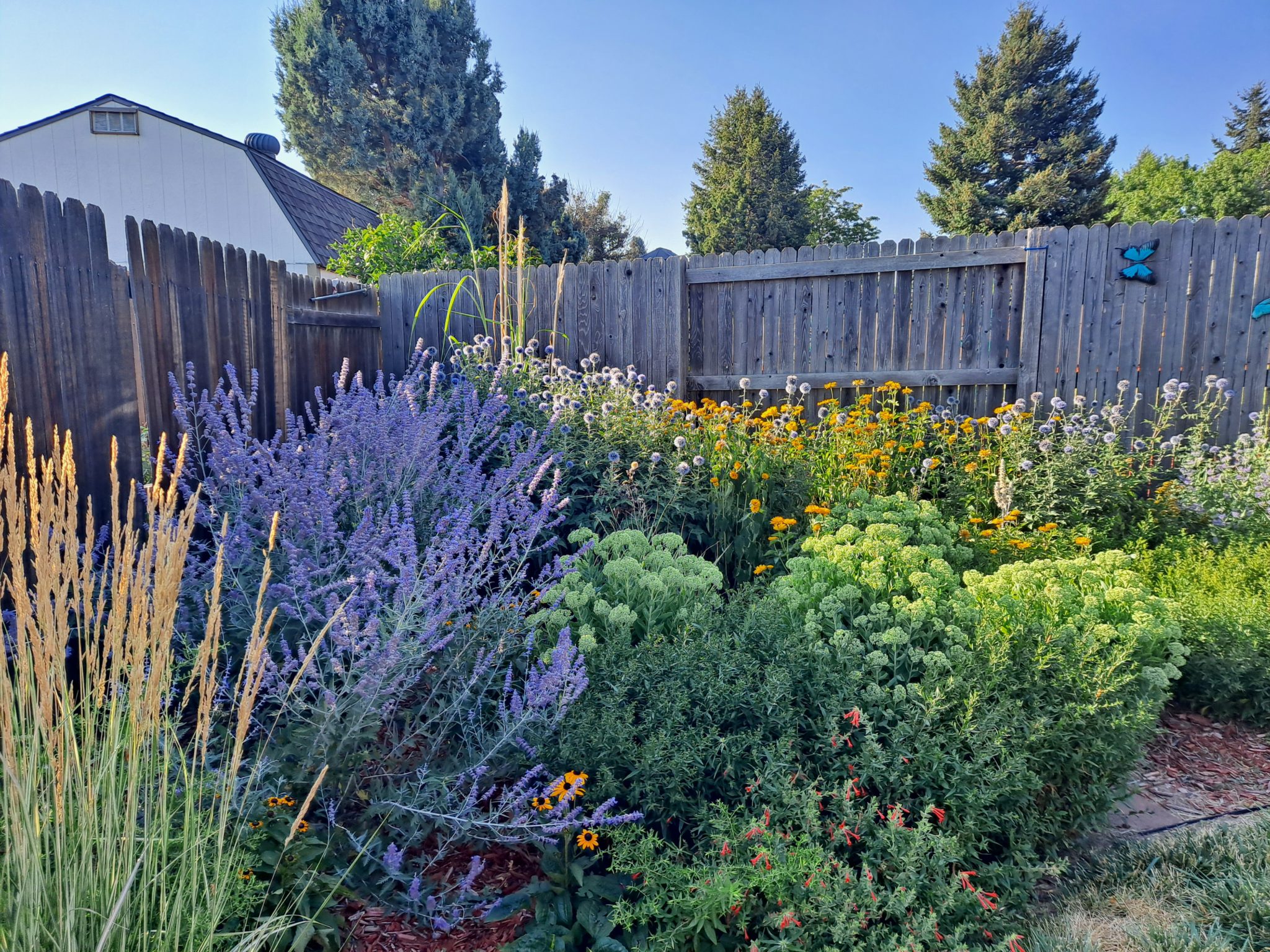
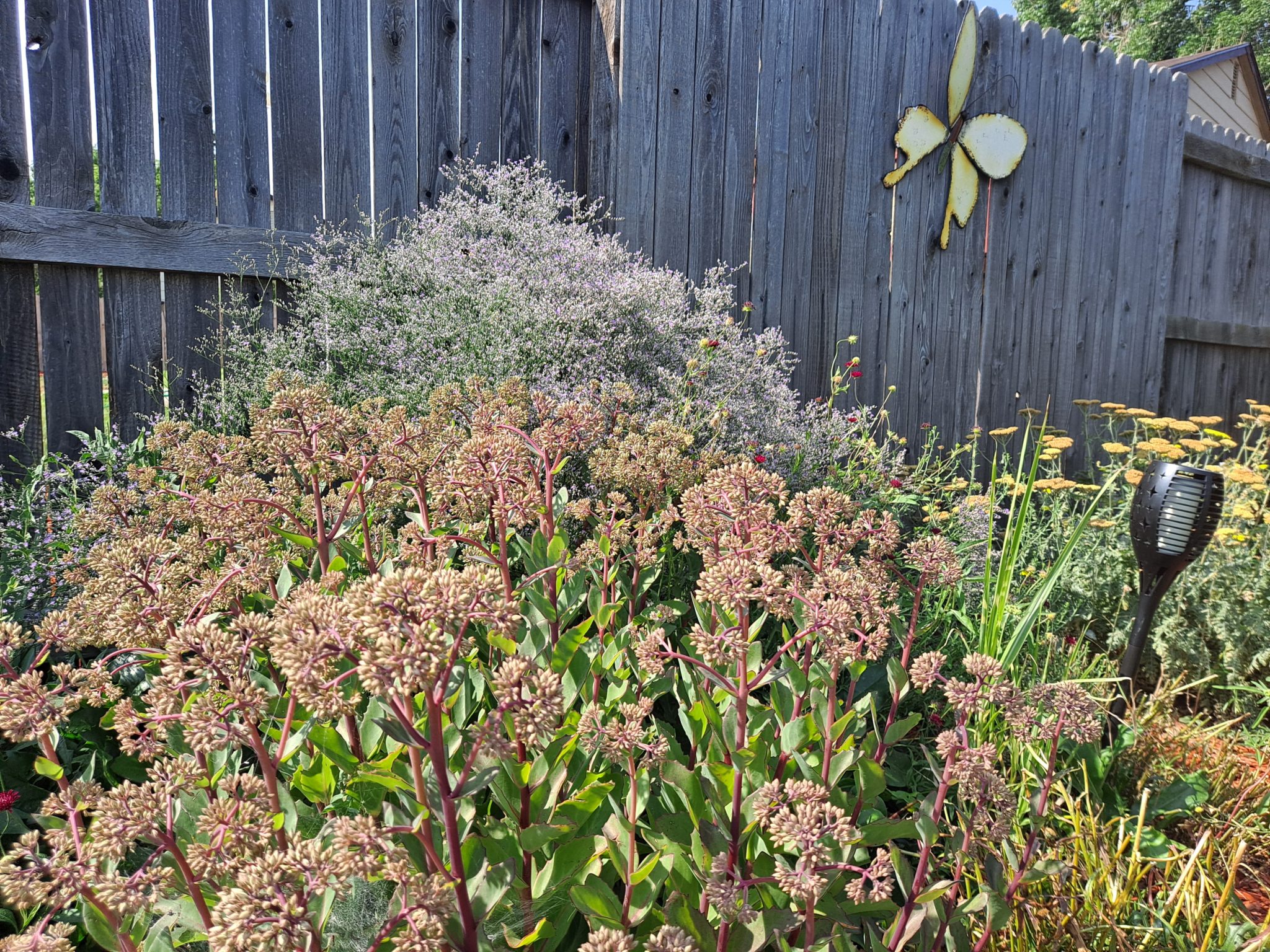
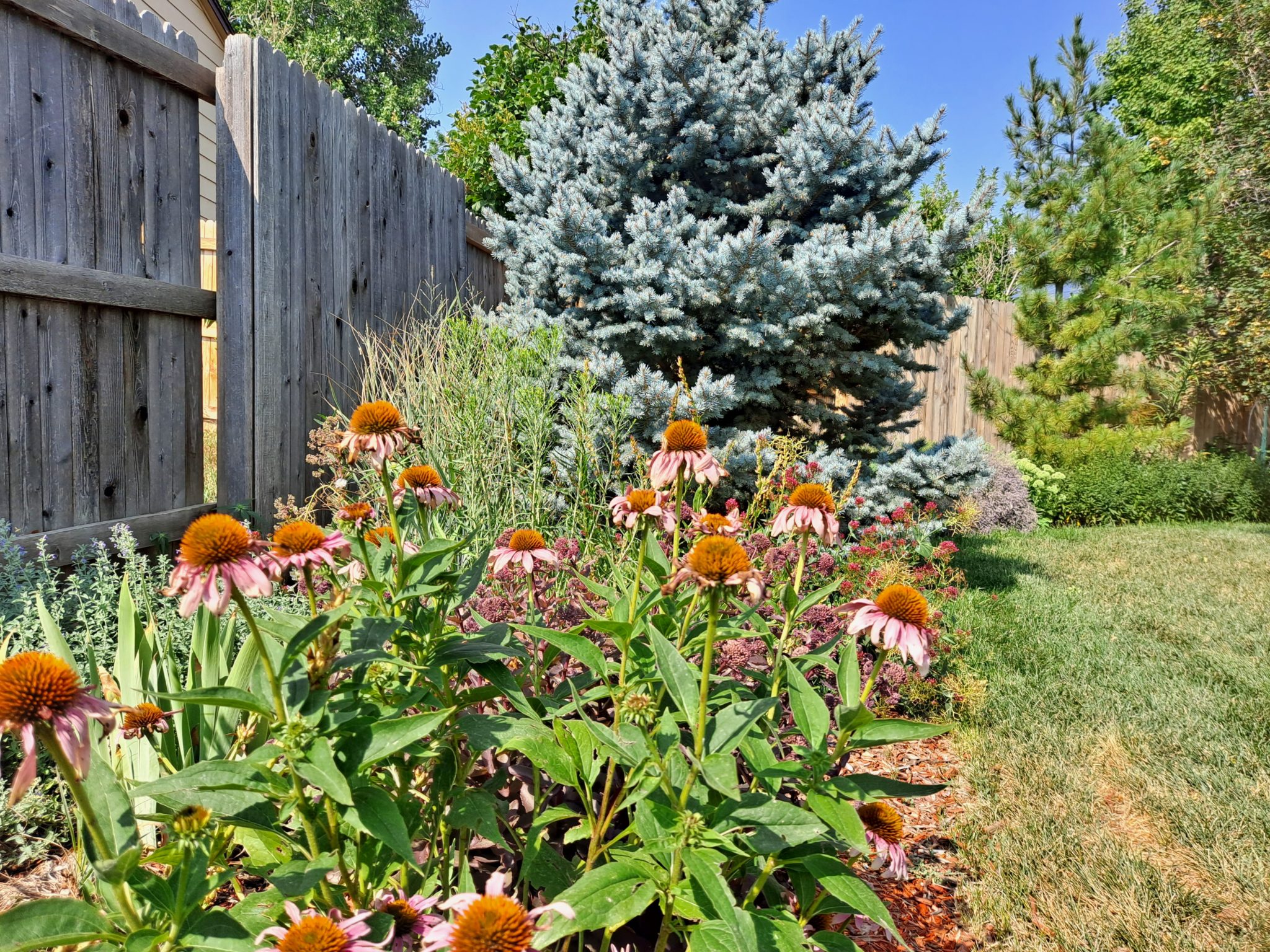
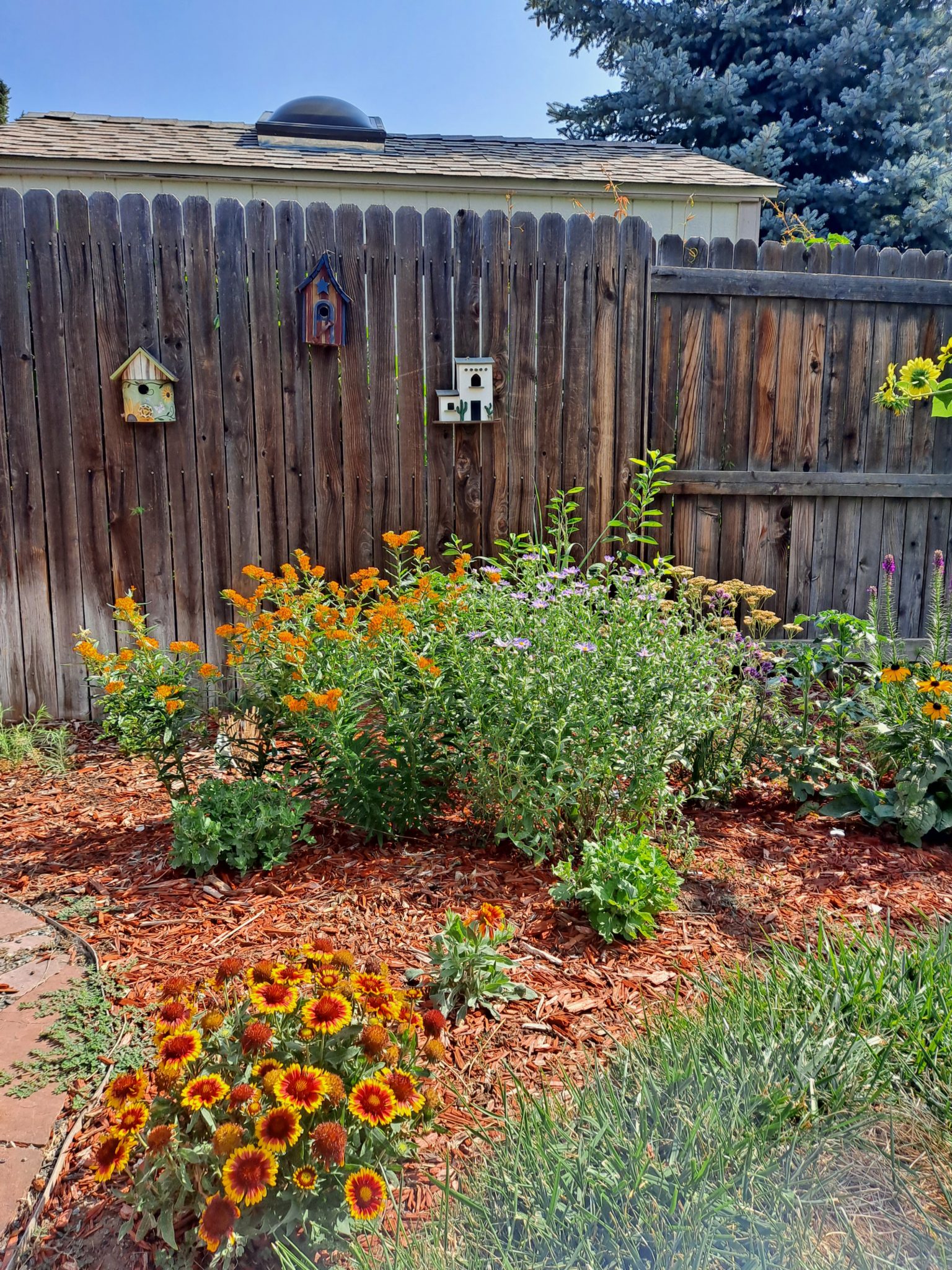
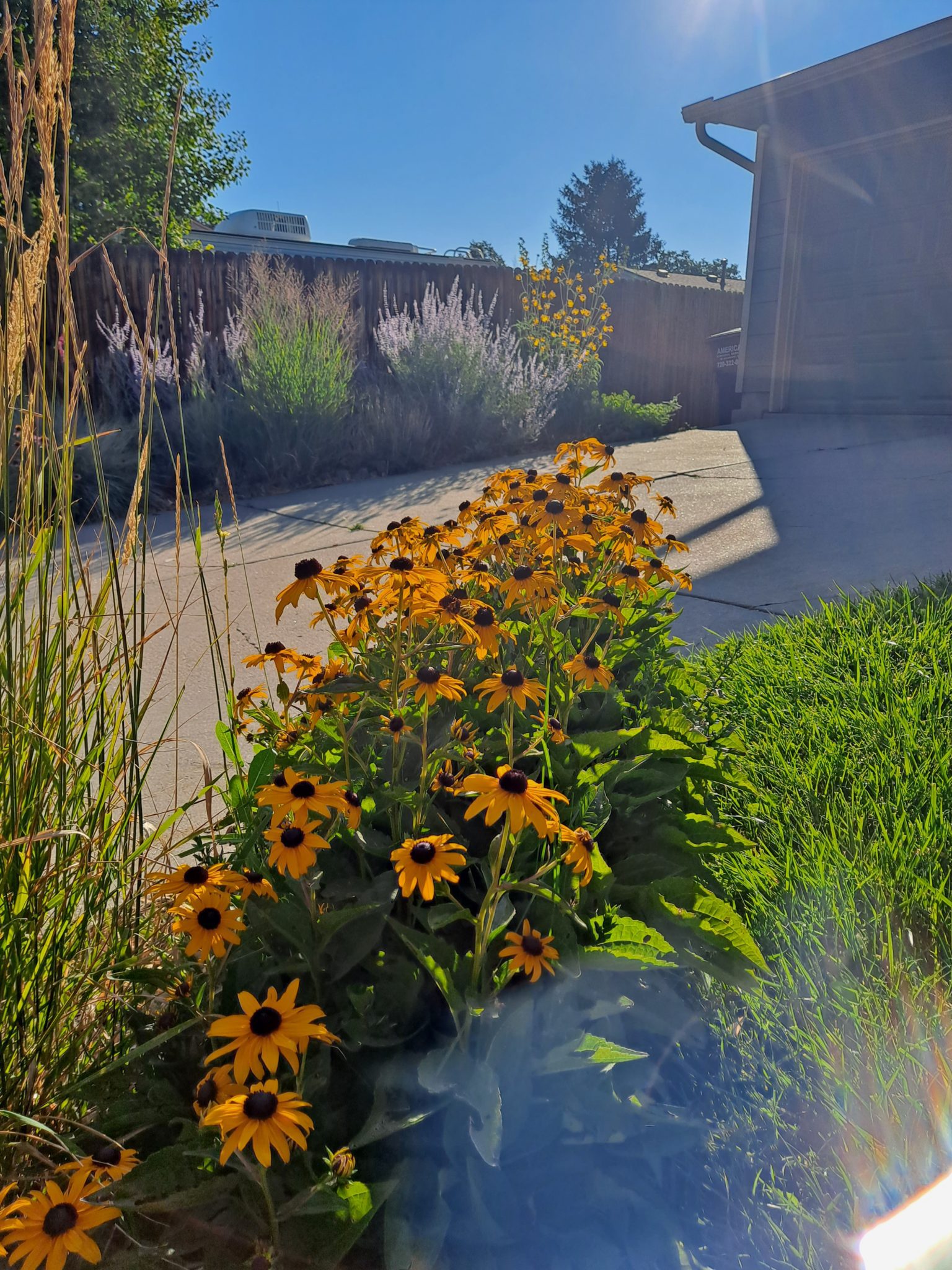
Update on my experiment growing tomatoes in 5 gallon buckets
Back in the spring I began an experiment of trying to grow tomatoes in 5 gallon buckets (see here: Random musings on spring in the garden (and elsewhere) (mrvintageman.com) The initial results were highly encouraging. The plants were growing strong, and they were even starting to set fruit. Now it’s time to see how the experiment is progressing.
The news is not good.
Plant number one’s leaves started curling up and withering, and the plant itself became stunted compared to its brother. The tomatoes started ripening, but they all had blossom-end rot. Blossom-end rot usually indicates that the plant is not getting consistent water or it lacks magnesium. However, this plant received the same amount of water and fertilizer as its brother, and the brother plant was healthy with no blossom-end rot on its fruit, so those obviously weren’t the problem.
My guess is that at some point, either at the growers or at the nursery I purchased it from, the plant contracted a disease. As the plant grew, the disease progressed until finally the entire plant was impacted. It was doomed before I ever put it in the bucket, so into the trash it went.
Plant number two was doing great. I even managed to pick and eat a few awesome tasting tomatoes from it. And there were a great many more tomatoes getting ready to ripen. The experiment appeared to be working out well.
Until it wasn’t.
One afternoon I watered the bucket and the plant seemed fine. The very next evening, when I let the dogs out to go to the bathroom before heading to bed, I looked over at the plant and noticed it looked really weird. Walking up to it I could see it had been stripped of every leaf, and even some of the tomatoes had been partially devoured. I knew immediately what the problem was.
Looking closely, I found at least 5(!) tomato hornworms lounging on the plant stems, and there may have been more. In just a day-and-a-half, the little buggers completely denuded the plant. Pissed off, I pulled the plant out of the bucket and stuffed it in a garbage bag, caterpillars and all. Little bastards can call the dump their cemetery!
So let’s do a little math: (two 5-gallon buckets + 1 large bag of potting soil)(2 store bought tomatoes + 1 bag of tomato fertilizer) X 2.5 months of watering & TLC = 3 edible tomatoes.
Results of experiment: total failure.
Early hints of autumn
I’ve mentioned before that Alan Lacy’s The Garden in Autumn is one of my all time favorite gardening books. While some of his plant recommendations won’t work in my garden, the philosophy of planning for an autumn display holds true for most any gardener who lives in temperate regions.
In his opening chapter, Mr. Lacy ponders about when does autumn really begin. Meteorologists put the date of autumn’s start on September 1st, and while astronomers place the start at the autumn equinox. But Mr. Lacy asks when does autumn seem to start on a personal level.
Mr. Lacy talks about there being a “shift” that occurs sometime in mid-to-late August, and that when this shift occurs is when the transition to autumn begins for him personally. He mentions that when lingering rains become more common (he lived on the East coast), when chickweed makes an appearance, or when the smell of decomposing leaves wafts in from a nearby woods, that these are all signs that autumn is very close at hand.
So I’ve been pondering for a long time about just what occurrences signal a shift to autumn in my neck of the woods.
I suppose it’s when I notice that the days are getting shorter, and the mid-day shadows grow longer as the sun settles further south in the sky. But that’s not a local phenomenon, as this change in sunlight affects most observers who live outside of the tropics.
So, after much pondering, I present to you (in no particular order) events that signal to me that the “shift” to autumn has begun:
In most years, there comes a day in mid-to-late August when I’ll step outside one morning and think “damn, it’s kind of chilly out here!”.
The smell of chilies being roasted at my local garden center when I stop in for a visit.
Cottonwoods trees that are already showing their autumn colors on a few of their branches.
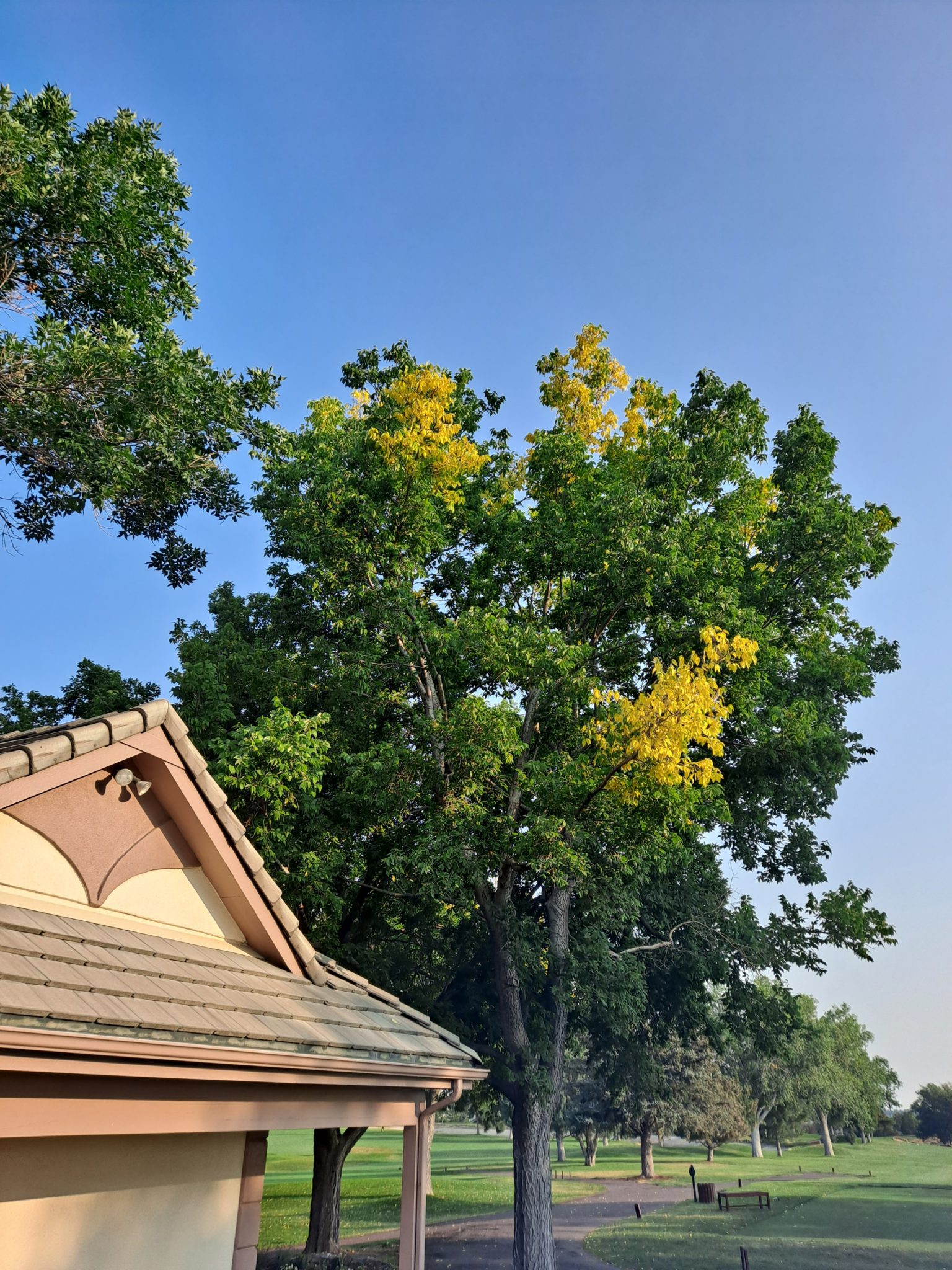
The ripening of the crabapples. When I was a young’un, in the weeks just before school would restart, the crabapples would ripen and my friends and I would eat those tart little suckers until we made ourselves sick.
In my own garden, I notice the shift when the flowers in the tall sedums begin to bloom.
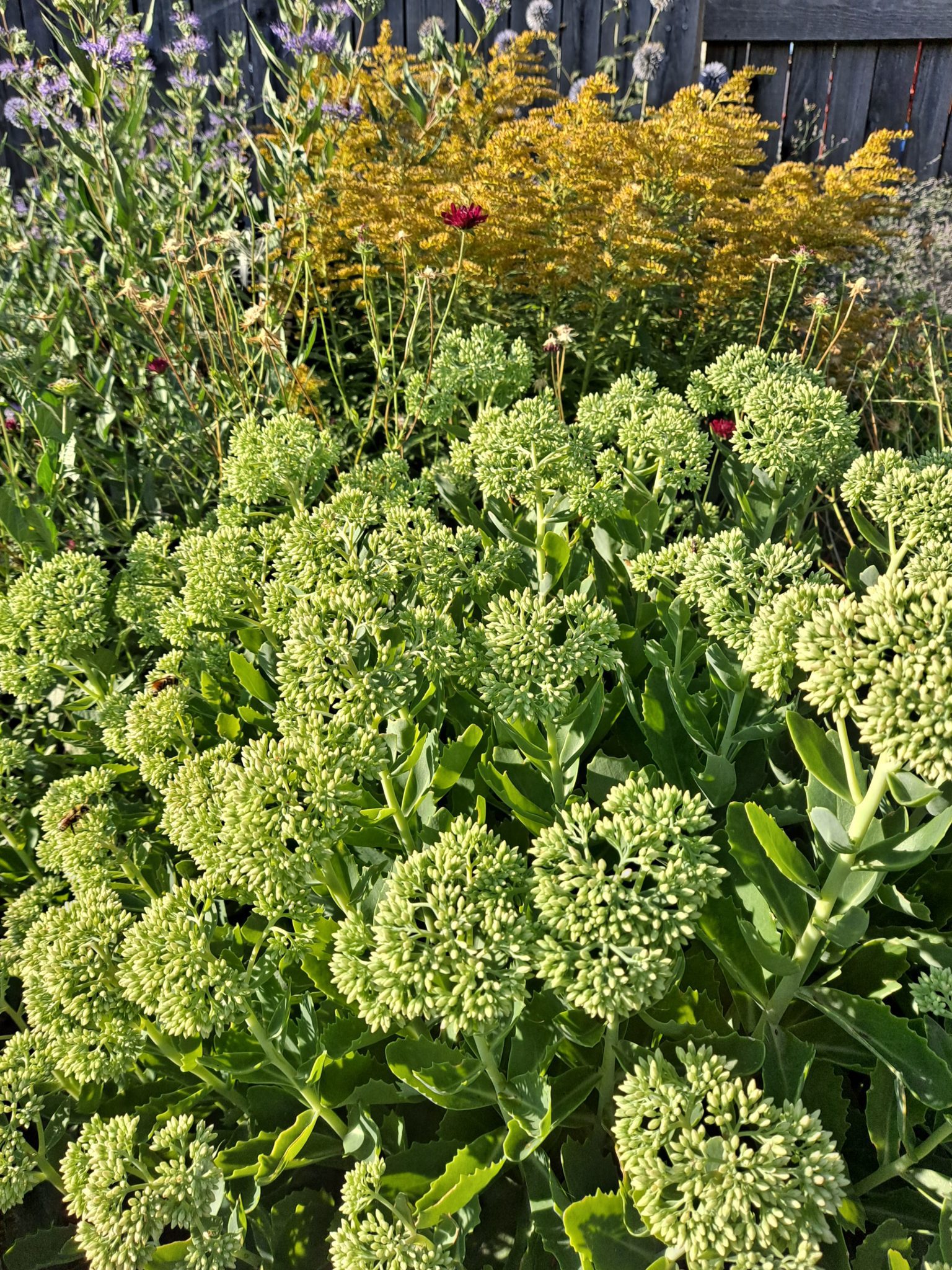
What are some of the signs of the “shift” that signal to you the transition to autumn has started?

